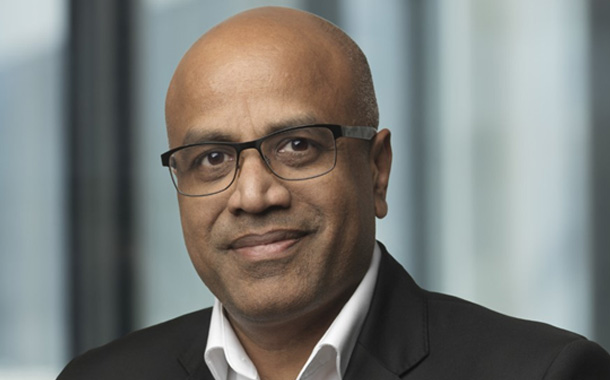First to market with combined core and radio for 5G use cases, accelerating the journey to 5G with today’s networks
Ericsson introduces a 5G platform for the needs of the first movers in 5G. Communications are rapidly moving toward data-heavy applications like Virtual Reality and Augmented Reality everywhere. In light of that, Ericsson is now first to market with solutions to enable today’s networks to evolve smoothly to the next generation of networks.
Ericsson’s new 5G platform comprises the 5G core, radio and transport portfolios, together with digital support systems, transformation services and security. Preparing for 5G opportunities represents a huge opportunity for operators.
Ericsson expects that in 2026, there will be a USD 582 billion market opportunity globally as telecom operators leverage 5G technology for industry digitalization. For operators, this represents potential to add 34 percent growth in revenues in 2026. In a forthcoming study, Ericsson finds that for operators the manufacturing and energy/utilities sectors represent the biggest opportunity for revenues created or enhanced by 5G.
“With this launch, we introduce our 5G platform to support the beginning of a huge change in network capabilities, allowing our customers to offer more advanced use cases and new business models to their customers. It is an important milestone enabling operators to continue their evolution journey to 5G,” says Arun Bansal, Head of Business Unit Network Products at Ericsson.
“We are pleased with the progress Ericsson is making in advancing 5G technology commercially,” says Roger Gurnani, Chief Technology Officer, Verizon. “Our customer trials with 5G technology in 11 cities across US is an important step in accelerating the path to next generation of wireless services.”
At the core
Ericsson now launches its first 5G Core System capable of 5G use cases based on network slices. Network slicing allows an operator to provide dedicated virtual networks with functionality specific to the service or customer over a common network.
Already today, this enables some early 5G use cases for telecom operators to capture growth opportunities. Thus, Ericsson is now introducing additions into a number of areas of its 5G core system and applications:
- Federated network slices for 5G roaming extends this concept to a visited network. This technology will make it possible for an operator to provide a network service globally, ensuring enterprises do not need individual agreements with different operators for a global service experience.
- Network slice management to automate the setup of service connections and to secure service quality, to save costs and to gain fast time to service.
- 5G policy and user data for network slices to ensure users get the right service quality and have data integrity.
- Distributed cloud to facilitate short latency applications, such as real-time face recognition, by moving applications and workloads closer to the access. In addition, the 5G-enabled packet core will allow full separation of control and user data, as well as unprecedented capacity and user data rates.
- 5G transformation services to ensure the migration of the network and operation from legacy to 5G core, virtualized and based on an automated operational model.
One proof point has been successfully demonstrated by Deutsche Telekom, Ericsson and SK Telecom. The three have jointly built and demonstrated the world’s first intercontinental 5G trial network where network slices were made available in the other operator’s footprint.


